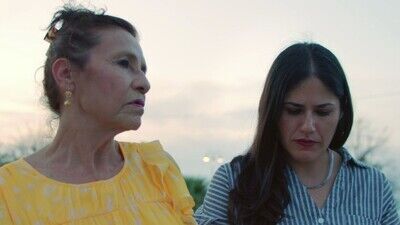Stapleton’s episode moves West to the Gulf Coast area, the nucleus of the state’s petroleum industry. This is where we find out about Texas’s longtime commitment to slavery, which not only sparked its decision to break away from Mexico in the 1940s (it used to be a territory) but seems to have carried forward through time, into the Jim Crow and Civil Rights eras and beyond. Like the other two episodes, this one is loose and discursive and gives itself the freedom to take thematically relevant detours. We learn about the racial redlining that denied Black war veterans the chance to own homes under the G.I. Bill, legislation that mainly benefited white families; anti-Black discrimination in real estate development, banking, petroleum, and trucking; white Texas city bosses’ long-standing preference for dumping garbage and toxic chemicals in Black neighborhoods; and the so-called “sundown towns” that warned people of color to get out by nightfall or be lynched by morning.
Thanks to the restrained, unsentimental way that Stapleton’s subjects speak for themselves (displaying a variety of regional accents in the process) there is a never a “woe is me” sense to any part of the larger story. The director has the instincts of a committed regional novelist. In the Linklater tradition, she lets her subjects speak long enough to establish themselves as characters. We get a sense of what their voices sound like, how they tell stories. Some anecdotes are so understated in their delivery that they transform into an existentially bleak kind of comedy, as when Dennis, the filmmaker’s cowboy cousin, talks of driving through Jim Crow-era sundown towns that have maintained their animosity: “You can just tell that a person like me shouldn’t be there, just by some of the stuff they have written on the gas stations out there. You’d see on a sign, ‘Don’t let the dark catch you out here.’ I kinda know where they’re aiming at with that.”
Sosa’s episode focuses her roots in the border area between Ciudad de Juarez, Mexico, and El Paso, Texas, often referred to as La Frontera. “Two sister cities with one heart” is how they were described to Sosa as a girl, but it won’t startle you to learn that this, too, turned out to be something between a mirage and a cover story. Sosa and many of her subjects touch on the idea of a bifurcated consciousness, living simultaneously on two sides of a divide that’s political and cultural as well as geographical. (If anybody ever wanted to remake “Wings of Desire,” they could set it here.)

